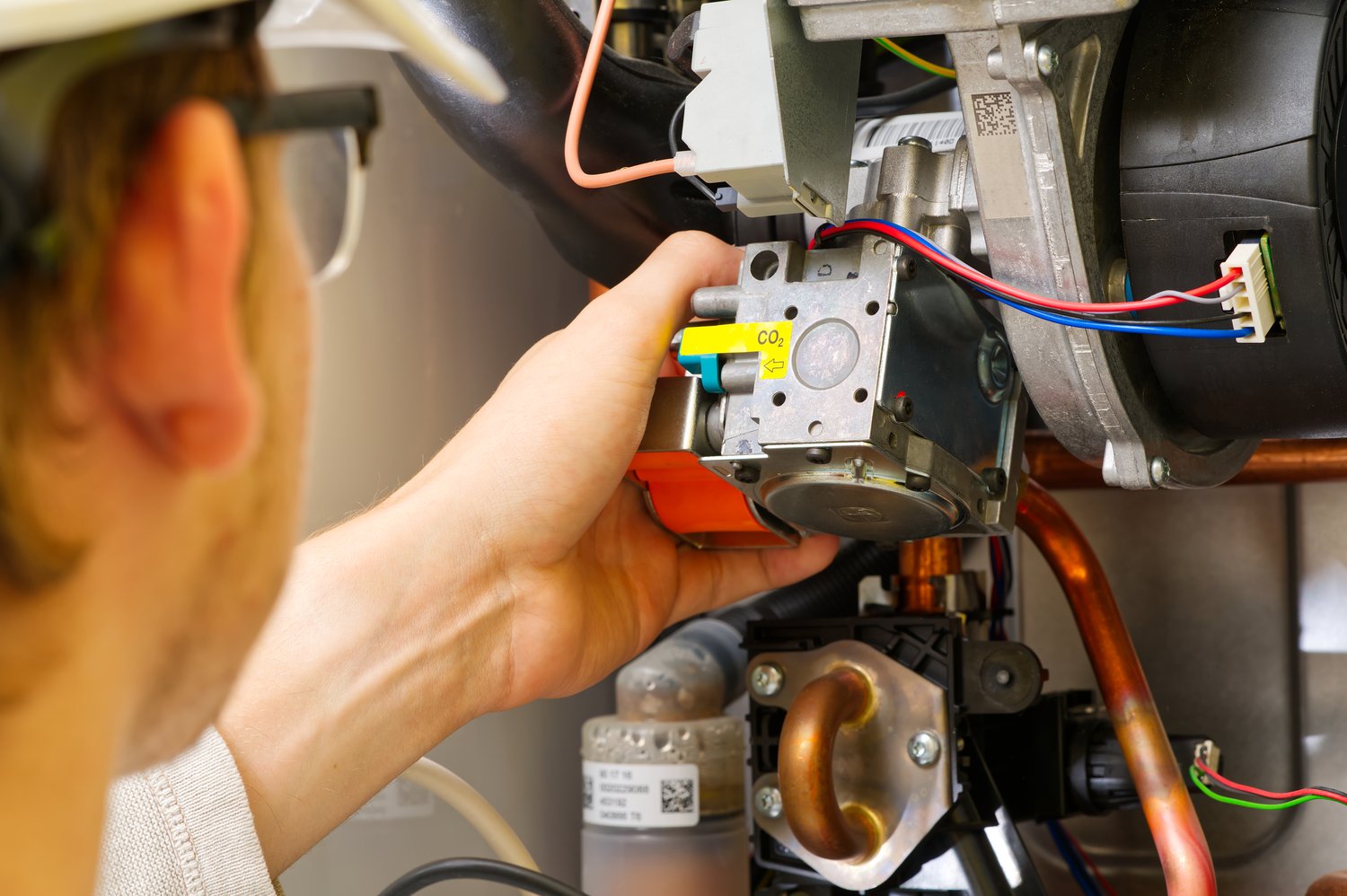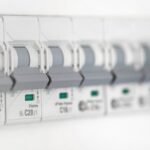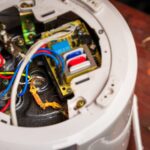The chill of winter should be a distant concern when your furnace is working efficiently to keep your home warm. However, when that warmth is threatened by ignition issues, the comfort of your living space hangs in the balance. Understanding and resolving these common furnace ignition problems not only ensures a cozy atmosphere but also empowers you with practical problem-solving skills.
- Explore the frequent culprits behind furnace ignition issues and their underlying causes that disrupt your heating system’s performance.
- Learn to identify early signs of ignition malfunctions to prevent minor issues from escalating into costly repairs or replacements.
- Discover effective DIY strategies for tackling ignition problems, offering solutions that save time and resources.
- Recognize crucial moments when professional intervention is necessary, ensuring the safety and efficiency of your heating system.
By delving into this article, you’ll gain valuable insights and actionable solutions for maintaining your furnace’s functionality, ensuring a warm, comfortable home throughout the cold months.
Understanding Common Furnace Ignition Problem Solutions
Furnace ignition problems can create significant discomfort during colder months. Recognizing these issues early can lead to effective solutions, enhancing comfort and safety.
Several common problems can affect furnace ignition. One frequent issue is a malfunctioning pilot light. A pilot light can go out due to dirt buildup or faulty thermocouples, hindering the ignition process.
Another typical problem involves the ignition switch. Electrical failures, moisture exposure, or mechanical wear can cause the switch to malfunction, preventing proper furnace operation.
Clogged filters and burners are additional contributors to ignition issues. When air filters or burners accumulate debris, airflow is restricted, leading to inadequate combustion.
Moreover, faulty wiring or circuit board issues can disrupt the electrical pathways needed for ignition. This often requires careful examination of the furnace’s electrical components.
Understanding these furnace ignition issues is critical in addressing them effectively. While some are straightforward to fix, others may necessitate professional intervention.
Identifying Symptoms of Ignition Malfunctions
Early detection of ignition problems can prevent further damage. Symptoms indicating furnace ignition malfunctions vary but are often straightforward to spot.
One of the most evident signs is the frequent cycling of the furnace. If your furnace regularly turns on and off, it may indicate ignition difficulties.
Unusual noises, such as clicking or banging during the ignition, signal potential ignition component issues. These sounds typically result from attempts to ignite the burner.
The presence of a burning smell or black soot around the furnace might suggest a problem with combustion efficiency, often related to ignition troubles.
Inconsistent heating or prolonged startup times are further signs of ignition malfunction. Variability in temperature can often be traced back to the ignition components.
By identifying these ignition malfunction symptoms early, you can take proactive measures to resolve them efficiently, ensuring a smoother operation of your furnace.
Practical Furnace Ignition Problem Solutions and DIY Fixes
Addressing furnace ignition issues yourself can be both cost-effective and satisfying. Several common problems can be tackled with basic DIY skills, ensuring your system runs smoothly during those chilly months.
Begin by checking the thermostat settings. Ensure it’s set to ‘heat’ and the temperature is adjusted appropriately. Incorrect settings are often overlooked but can be a simple fix.
Next, inspect the pilot light or ignition control. If the pilot light is off, relight it while following the manufacturer’s instructions. For furnaces with electronic ignition, examine the control module for visible signs of wear or damage.
Evaluate the gas supply to your furnace. Ensure the gas valve is open and supplying fuel to the system. If you suspect an issue with the gas supply, contact your gas provider for assistance.
Additionally, check for and clean any blockages in the ventilation or exhaust system. A buildup of dirt and debris can hinder the ignition process, so regular cleaning can prevent problems before they arise.
When to Seek Professional Help for Furnace Ignition Problem Solutions
While many ignition issues can be managed with a hands-on approach, there are scenarios where professional intervention becomes necessary.
If you notice a persistent strange odor, such as gas or burnt materials, around your furnace, it’s imperative to contact a professional immediately. These smells may indicate a severe issue that requires expert diagnosis and repair.
Another crucial sign is consistent pilot light outage. If relighting proves temporary, there might be underlying mechanical issues such as a faulty thermocouple, necessitating professional assessment.
Complex electrical components are best left to professionals trained in safely handling repairs. Attempting to address intricate electrical malfunctions without proper knowledge could pose safety risks or further damage the furnace.
Ultimately, trusting an expert not only ensures the safety of your home but also extends the lifespan of your furnace by ensuring all issues are comprehensively resolved.
Frequently Asked Questions about Furnace Ignition Problems
What are common signs of furnace ignition problems?
- Strange noises during startup.
- Intermittent operation.
- Failure to start.
How can I safely troubleshoot ignition issues?
Begin by checking the thermostat and ensuring power is reaching the furnace.
What should I do if my ignition system is not receiving gas?
Inspect the gas line and valve to ensure they are open and functioning.
When should I consult a professional for ignition issues?
If the issue persists after basic troubleshooting, or if you notice a gas smell.
Can regular maintenance prevent ignition problems?
Yes, routine maintenance and inspections can help identify and prevent potential issues.





